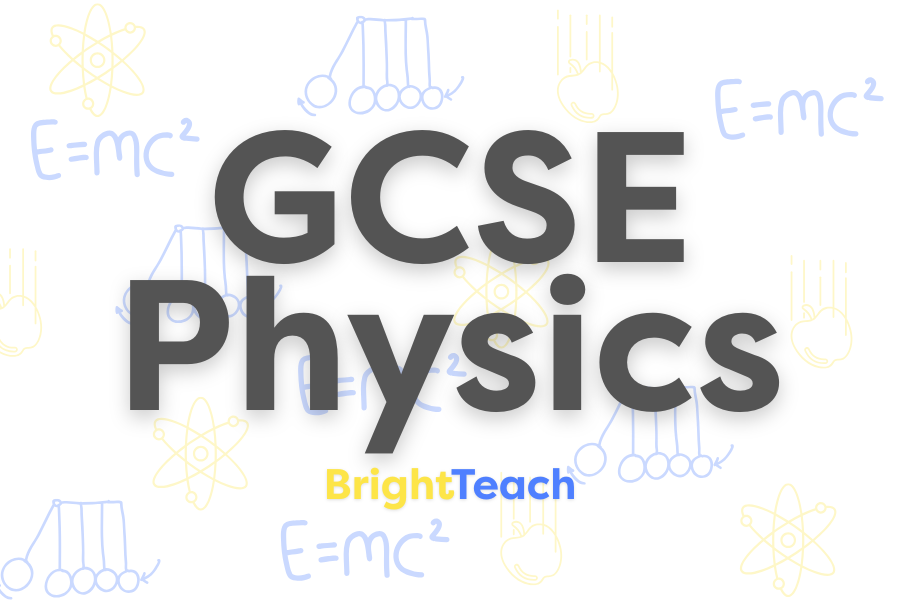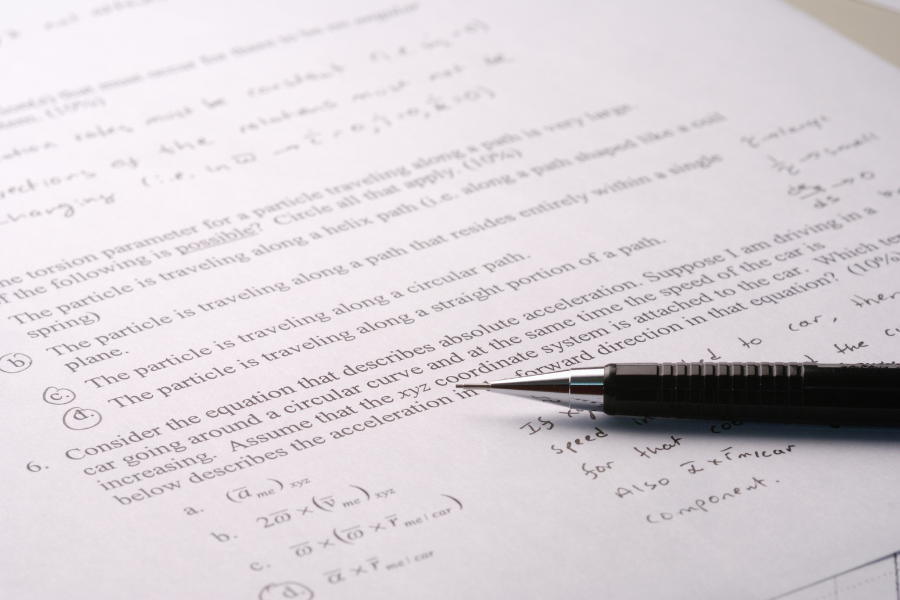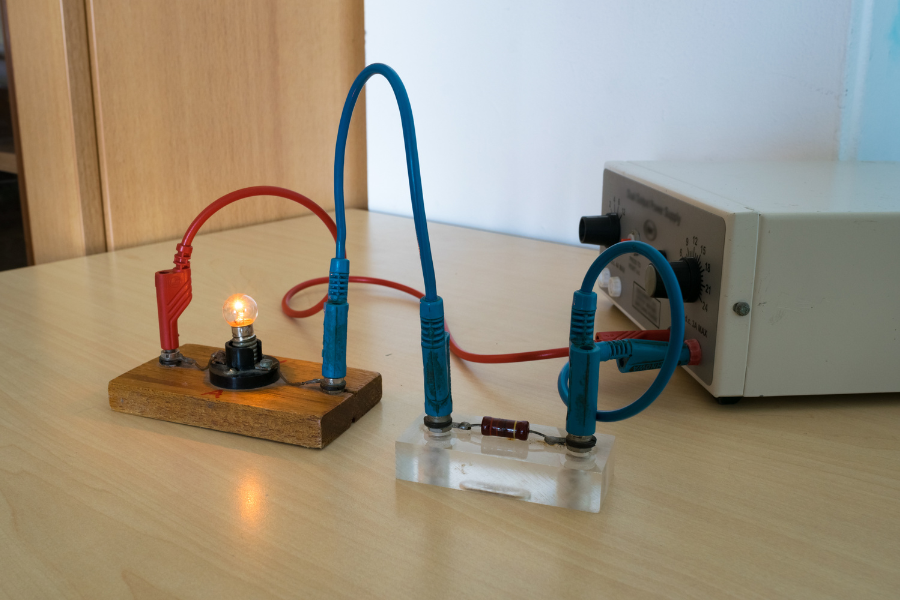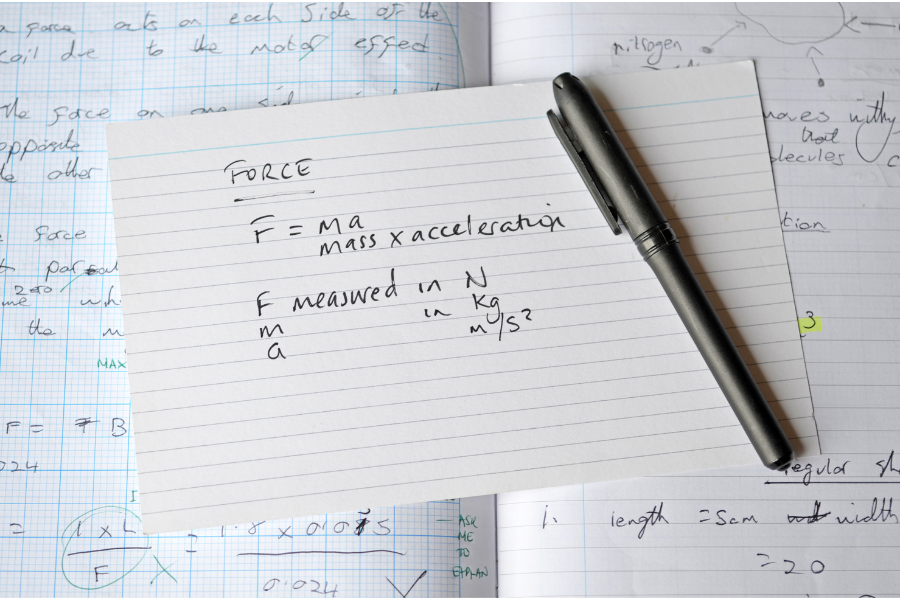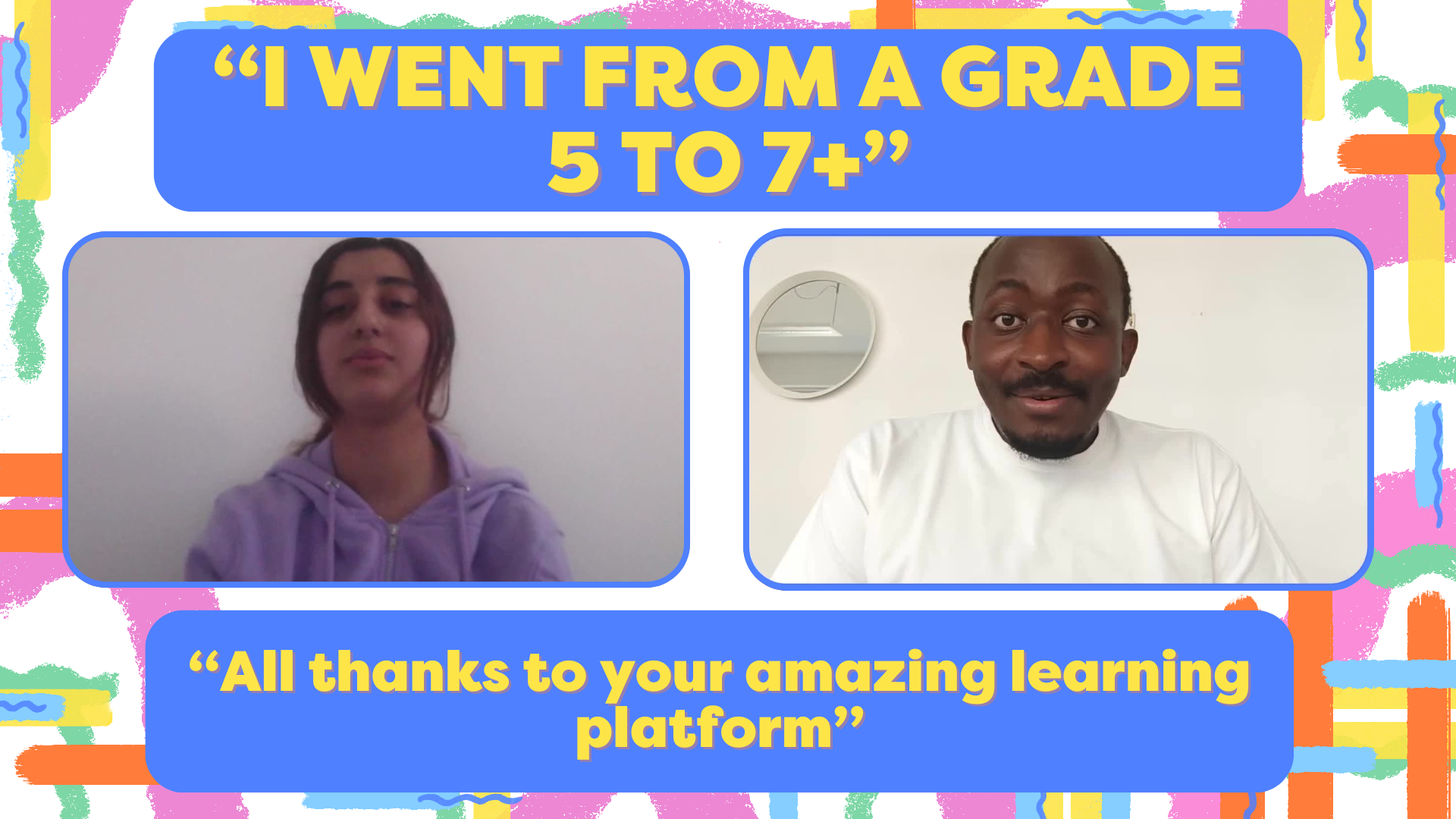GCSE Physics Revision – The Complete 2025 Guide
Physics is a language. Learn to speak it, and the marks follow.
Physics looks like equations and graphs on the surface, but underneath it’s a language for how the world behaves. Students often say “I get the idea but not the maths” or “I can do the maths but not the words.” The fix is to bridge concept and calculation every single session. This guide gives you a routine for that bridge—how to learn formulas so they stick, how to tackle past-paper questions without panic, and how to make the practicals and explanations work in your favour.
What your exam wants (and how to give it to them)
Image: sshepard
Across AQA, Edexcel, and OCR, the components are similar: two papers covering forces and motion, energy, electricity, waves, matter/atomic physics, magnetism, and often space (for separate sciences). Some formulas are provided; others must be memorised. Beyond “getting the right number,” you’re marked on selecting the right model, using correct units, and explaining why you chose a method.
Read examiner reports and you’ll see the same three messages: students forget units; they don’t show working; they don’t connect ideas. Build habits that address exactly those three.
The 20-minute equation workout (daily, low-stress)
Pick three formulas. For each:
Name the idea in words (e.g., “Power is the rate of energy transfer”).
Write the triangle or rearrangements (so you can solve for any variable).
Do two micro-problems with realistic numbers (one easy, one slightly awkward).
Unit check out loud (J, W, s, N, kg, m/s²). If your answer unit doesn’t match, the method is wrong—catch it now, not later.
Rotate through energy (E=Pt; E=mcΔT), forces (F=ma; W=mg), electricity (V=IR; P=VI; E=QV), waves (v=fλ), and density/pressure. Ten days of this routine transforms confidence.
Concept–Calculation–Communication: the past-paper loop
When you attempt a question:
Concept: Write one sentence naming the model you’ll use (“This is a conservation of energy problem,” “This needs Ohm’s Law with series/parallel rules”). This anchors you.
Calculation: Show every step, even if it feels obvious. You’re buying method marks.
Communication: After the number, write one short sentence connecting back to the situation (“The increased resistance halves the current, so the lamp is dimmer”). Many students skip this and leave inference marks on the table.
Train this loop on 6-mark questions once or twice a week. Over time, you’ll think like a physicist instead of a calculator.
Make practicals pay (they’re free marks if you prepare smart)
Image: xefstock
Required practicals aren’t just hoops; they’re predictable question banks: measuring resistance, I-V characteristics, specific heat capacity, waves in water, density of irregular solids, force and extension, acceleration with trolleys, thermal insulation. For each, prepare three things:
Aim and method in two sentences (keep it verbal—concise and precise).
Variables: independent, dependent, controls—named clearly.
Error/reliability: one specific source of error and the mitigation (e.g., “Parallax error when reading the meniscus; read at eye level,” “Reduce random error by repeating and calculating a mean, then discuss anomalies”).
On a revision card, sketch the apparatus. The act of drawing fixes memory.
Topic priorities that move grades
Image: Meindert van der Haven
Forces and motion
Connect words to graphs. Velocity–time area is distance; gradient is acceleration. Translate graph segments into stories (“constant speed,” “uniform acceleration”). Newton’s laws come alive when you narrate what the forces are doing before you write equations.
Energy
Treat energy stores and transfers as a checklist. Efficiency questions are gift marks if you remember that efficiency is a ratio and thus unitless. For specific heat capacity, sanity-check: big temperature change with small energy input rarely makes sense.
Electricity
Series vs parallel reasoning saves you. Before numbers, decide what happens to current/voltage in each branch. Then choose V=IR, P=VI/P=I²R deliberately. Draw the circuit—no marks lost, many marks gained.
Waves
Write v=fλ first; then decide which variable you can get from the context (frequency, wavelength). In practicals, mark the points you measure to reduce random error (e.g., measure over many wavelengths and divide to average).
Atomic/nuclear
Be clear on radiation types, penetration, and uses/risks. Half-life questions become simple when you draw a quick decay table and step with your finger rather than doing algebra under pressure.
Space (if assessed)
Treat the life cycle of stars as a storyboard, not a list. Red-shift is a concept question: link wavelength stretch to recessional velocity, then to expanding universe—one sentence per link.
The marks students keep missing (and how you’ll collect them)
Units: Write the target unit next to the question before you start. Underline it when you reach the answer. It’s astonishing how often this alone prevents lost marks.
Standard form/sig figs: If data is in standard form, answer in standard form. Match significant figures to the least precise data given.
Vector vs scalar: Decide before you compute. Add vectors with arrows and components, not vibes.
Rounding: Don’t round mid-calculation. Round at the end unless the question instructs otherwise.
A two-week “grade-lift” plan (realistic and effective)
Image: cmspic
Days 1–4: Equation workouts + 30 minutes on electricity every day (alternate series/parallel and power problems). One past-paper long question each day.
Days 5–7: Practicals bootcamp—aim/method/variables/errors for three required practicals per day. End each day with one 6-marker explanation.
Days 8–10: Forces/graphs focus—velocity–time and distance–time interpretations; Newton’s laws with free-body diagrams. One extended calculation daily.
Days 11–14: Waves + energy synthesis; then two full exam sections under timed conditions with error-log and targeted redo.
Keep a one-page “mistake museum” of the three errors you make most. Revisit it before every practice set. Eliminating repeat errors is the fastest route to a higher grade.
Resources that actually help
Physics & Maths Tutor is brilliant for topic-segmented practice and mark schemes. BBC Bitesize clarifies concepts quickly if you get stuck mid-set. Past papers from your board are essential; do them honestly, then do them again after feedback. When you need accountability and expert explanation, Bright Teach is the glue: live walk-throughs of tough topics, equation drills that feel like games, and structured homework that targets exactly what examiners reward.
How Bright Teach turns “I kind of get it” into “I can do it”
In our Physics sessions, students learn a routine they can repeat alone: identify the model, set the equation, check units, communicate meaning. Tutors pause and unpack the “why” behind each step, which is where understanding sticks. Within the free two-week trial, join an electricity mastery class, a practicals clinic, and a forces problem-solving session. Submit a full 6-marker and get line-by-line feedback you can reuse on the next one.
You can start your free two-week trial for our GCSE revision program here.
FAQs
Do I need to memorise every formula?
Some are provided; others must be learned. Either way, you must know when to use each. Your daily equation workout solves both.
I’m good at concepts but weak on maths—what now?
Translate first: write the model and draw the situation. Then build the equation from units. Concept sentences lead you into the right calculation.
How do I stop panicking when numbers look weird?
Do a unit sanity check before you start. If the expected unit is Joules and you’re getting Watts, you chose the wrong pathway. Catch it early.

